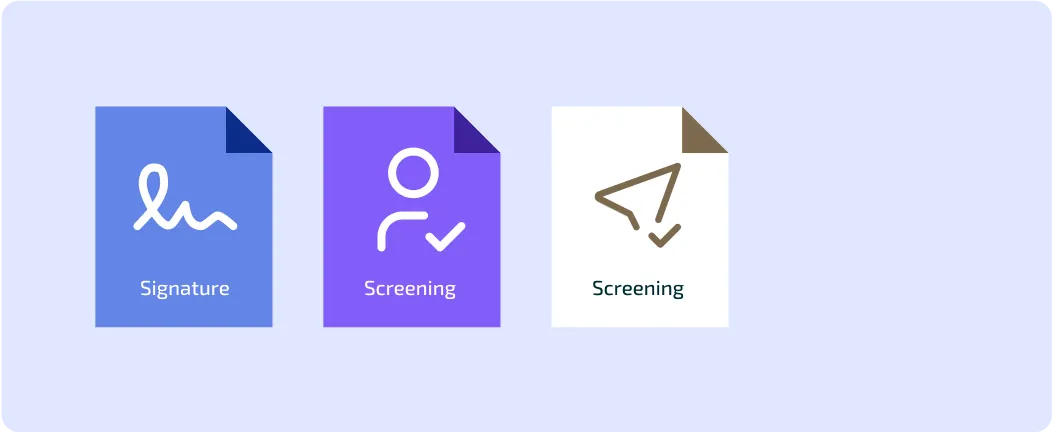.webp)
Published on
June 24, 2025
The Integration Phase of AML & Its Role in Money Laundering
.png)
Accelerate AML Compliance: Meet Regulatory Demands with 80% Less Setup Time
.svg)
.svg)
The Integration Phase is the final stage in the money laundering cycle. After illegal funds have been moved and disguised through various transactions, this phase involves reintroducing the "cleaned" money back into the mainstream economy. At this point, the money appears legitimate and can be used openly without attracting suspicion.
The main objective of this phase is to make illicit funds usable in everyday financial activities such as buying assets, investing in businesses, or purchasing luxury goods, without revealing their criminal origin.
Common Techniques Used
Criminals often use the following methods to complete the integration process:
- Purchasing real estate or high-value properties
- Establishing or exploiting shell companies that exist only on paper
- Conducting trade-based transactions with falsified invoices to justify money flows
- Investing in financial markets like stocks or bonds
- Acquiring luxury items such as yachts, artwork, or expensive vehicles
Detailed Example: The Troika Laundromat Money Laundering Scheme
Between 2003 and 2013, a complex laundering operation known as the Troika Laundromat moved nearly $4.8 billion from Russian entities through various offshore companies. This network was orchestrated by the Russian investment bank Troika Dialog and involved over 75 shell companies registered in tax havens like the British Virgin Islands.
How Integration Was Achieved:
- Fake loan agreements and contracts were created to mask the origin of funds and create a paper trail suggesting legitimate business activity.
- The illicit funds were then funneled into tangible assets, including luxury real estate, high-end yachts, and valuable artwork, effectively blending dirty money into the legitimate economy.
- This method allowed criminals to enjoy their profits openly while avoiding detection.
Significance:
- Several European financial institutions were implicated for failing to spot the suspicious transactions.
- The case exposed vulnerabilities in AML frameworks and underscored the need for rigorous due diligence and monitoring during the integration phase.
Streamline Compliance: Achieve 80% Faster Setup for Fraud Prevention
.svg)
.svg)

How Aseel reduced onboarding time by more than 87% using FOCAL
Learn how FOCAL empowered Aseel to achieve new milestones.


Mastering Fraud Prevention: A Comprehensive Guide for KSA and MENA Businesses
51% of organizations fell victim to fraud in the last two years, don't be caught off guard, act proactively.


Featured blog posts

.png)
The Integration Phase of AML & Its Role in Money Laundering
Explore the AML Integration phase, where illicit funds appear legitimate through property, shell firms, and trade. Key risks in the money laundering cycle.
.webp)
.png)
The Integration Phase of AML & Its Role in Money Laundering
Explore the AML Integration phase, where illicit funds appear legitimate through property, shell firms, and trade. Key risks in the money laundering cycle.
.webp)
.png)
The Integration Phase of AML & Its Role in Money Laundering
Explore the AML Integration phase, where illicit funds appear legitimate through property, shell firms, and trade. Key risks in the money laundering cycle.
.webp)





AI-Driven Precision in Fraud Risk and AML Compliance



.svg)
.png)





.svg)

_FastestImplementation_Small-Business_GoLiveTime.png)

_HighPerformer_Small-Business_HighPerformer.png)
_Leader_Leader.png)



%20(1).webp)